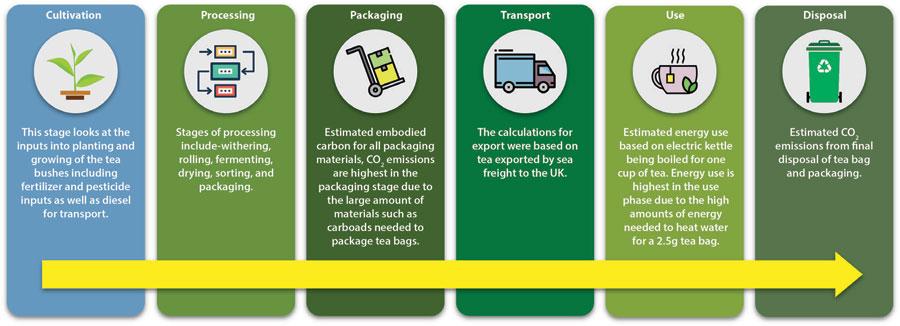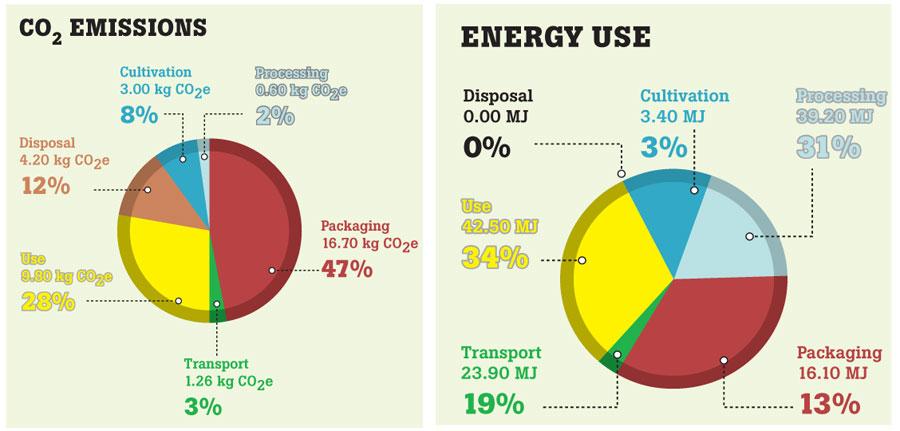Reply To:
Name - Reply Comment

Tea is one of the most popular beverages in the world consumed both for its medicinal properties and its recreational taste. “Ceylon” tea has made its name throughout the world of tea-drinkers for its quality and unique taste. Sri Lanka was first planted with coffee in the 19th century by the British, who after about 70 years, switched to tea due to various diseases that affected the coffee plantations.
The tea industry in Sri Lanka became an integral part of the Sri Lankan economy. It currently contributes 2% to the Gross Domestic Product (GDP) and is a major source of foreign exchange to Sri Lanka. 
As with all large-scale industries, the resultant economic activity has consequences for the environment.
Under the sustainable development paradigm of harmonizing economic, social and environmental spheres it is important to assess and if possible measure the impacts to those areas. This article is an exposition of the impact of the tea industry to the environment in terms of their carbon and energy footprints.
The data and figures are from a study carried out by MIND Lanka published in Sustainable Production and Consumption Volume 12, October 2017.
This evidence-based study uses combined life cycle and value/supply chain analysis to examine the carbon emissions and energy use of tea manufacturing in Sri Lanka. Calculations have been done for all stages of production, processing, export, use and disposal and reported per kilogram of tea produced. The total CO2 emissions were calculated to be around 35.56 kgCO2e which is equivalent to the CO2 emissions of an average passenger car being driven 140km. The total energy usage was found to be 125.1 MJ which is equivalent to the energy usage of the same car being driven for 125km.
